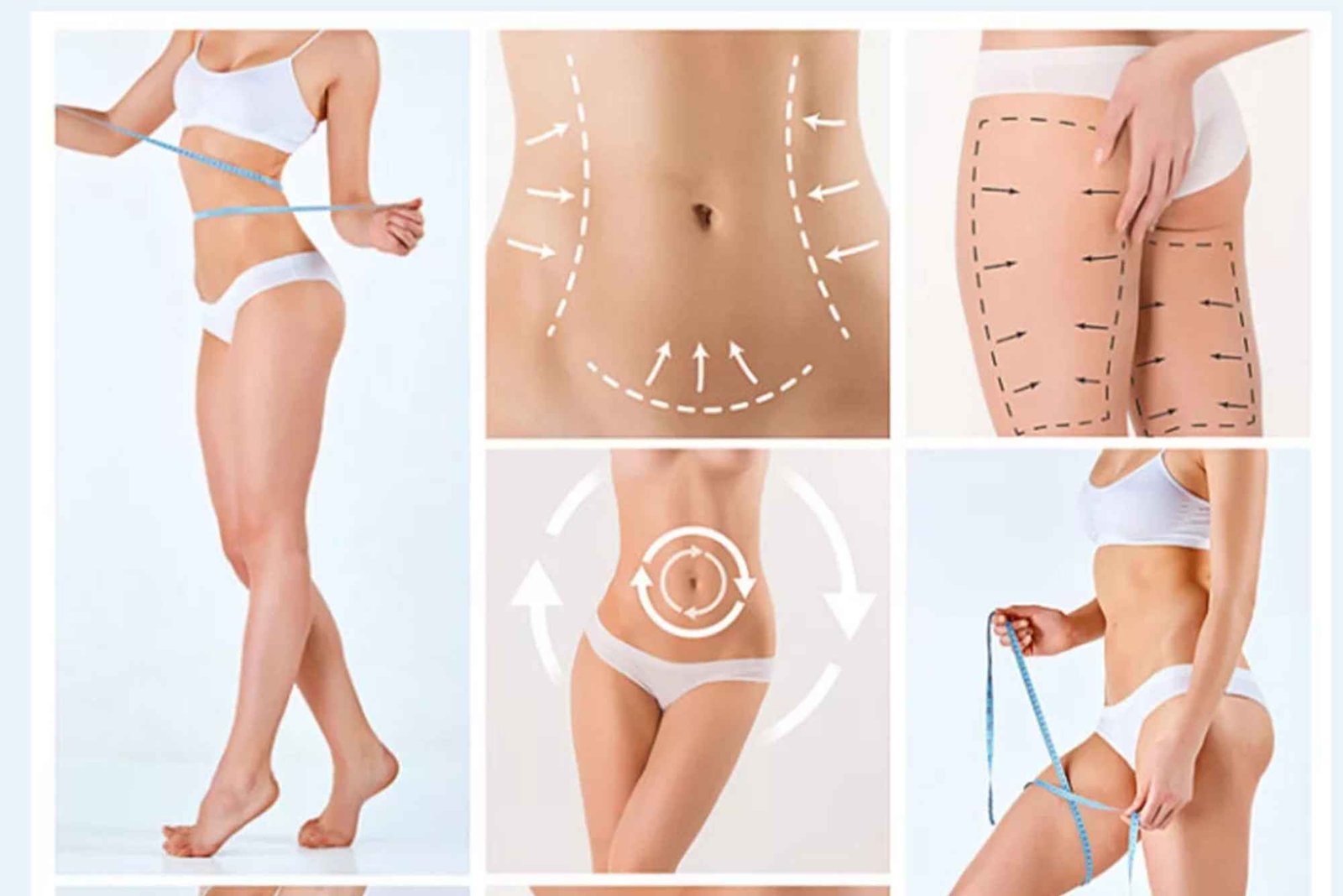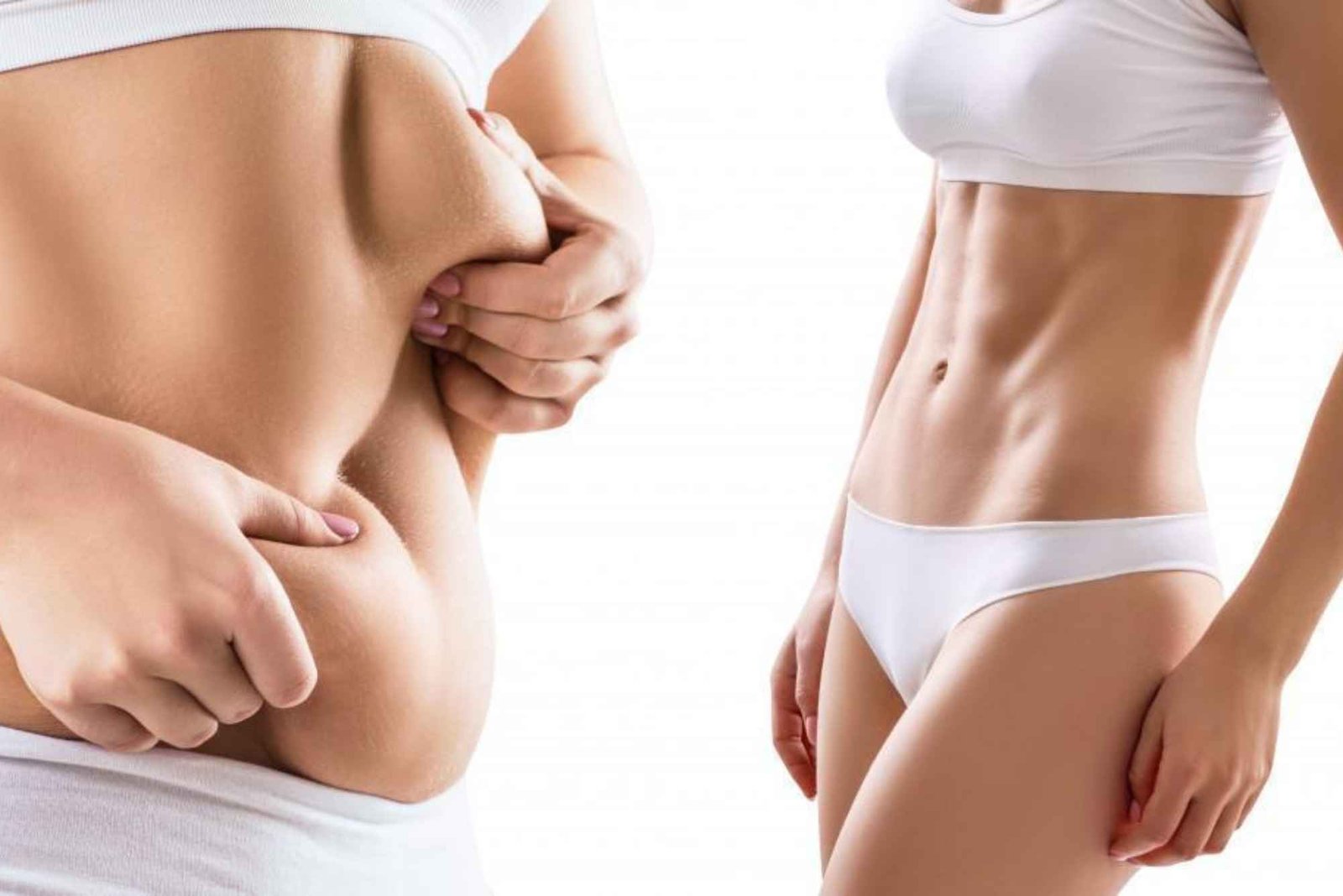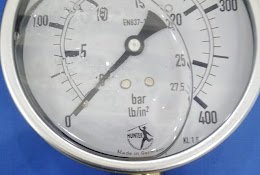Liposuction or fat removal is a procedure commonly perceived as a quick fix to getting a more sculpted body. With the new medical procedures, it is more accessible to remove those unwanted spots of fat that seem to be die-hard to diet and exercise. However, a great number of people are eager to learn what is the aftermath of fat removal and how the body reacts to such a drastic change in the body.
Let’s get into the details of what you can expect after the fat removal procedure and the evolution of your body in the weeks and months following the procedure.
Understanding the Fat Removal Process
Before exploring what happens after fat removal, it is necessary to know the process first. Liposuction is a type of cosmetic surgery that takes out the fat cells from certain areas of the body, for example, the abdomen, thighs, arms, or back. While it is a good way to change the shape of the body, lipo is not a method for losing weight. This treatment mainly targets those who wish to sculpt their bodies and have a precise body silhouette by eliminating stubborn fat pockets.
The body goes through a variety of changes during the recovery process, and these are the factors that influence the final results of the surgery. By knowing what to expect after liposuction you can be more mentally prepared for the recovery period and the physical change that will come next.
Immediate Post-Surgery: The First 24 to 48 Hours
First 24 to 48 hours after liposuction surgery are vital. Directly after the procedure, you will likely have some swelling, bruising, and tenderness in the treated areas. This is a normal part of the body’s healing process and indicates the body’s response to the injury caused by the removal of fat.
Surgeons usually suggest the use of compression garments during this time to decrease swelling and assist the body in adapting to its new shape. The compression garments not only help the body conform to its new shape but also promote blood circulation, which can speed up the healing process.
The First Week: Recovery in Progress
Within the first week, you will still see a lot of swelling and maybe some fluid drainage from the incision sites. This is completely normal and should not be a cause of worry. Most people will be given painkillers to control any pain and antibiotics for infection prevention.
In some cases, you may have to cut down on all activities and take time to nurse yourself. Additionally, consuming fluids and nutritious foods is an essential aspect of the dietary plan to guarantee the repair of the body. As each day goes by, and the initial bruising and swelling will lessen, harbinger of your new reshaped body to come.
Weeks 2 to 4: Your Body Takes Shape
Between the second and the fourth week after liposuction, the gradual changes in your body will be more visible. The body’s swelling will be still but a few of its new contours will start to be vaguely outlined. Following the prescribed instructions of your surgeon is very necessary in keeping the use of your compression garments during this stage of the healing process. They ensure that the skin retracts to be able to fit the new contours created during the procedure.
Numbness or tingling in the treated area may appear in some individuals. This is a common side effect of the surgery that usually goes away with time. It is also about this period when you can start doing light exercises, if possible, but avoid having intense workouts until your doctor clears you.
Months 2 to 3: Settling into Your New Contours
By the end of the second month, the majority of the swelling should have gone down, and more of the results of the procedure will be revealed. This period is the time when your body starts to get used to its new shape. You may think that you have achieved your desired look, but the truth is that the final results of liposuction can take up to six months to fully manifest.
It should be understood that liposuction is a process that takes out fat cells from the target areas for good. Nevertheless, the maintenance of these results is greatly influenced by a healthy lifestyle. The remaining fat cells in your body can still get bigger if you gain weight, which can then be a reason for the procedure’s overall result to be influenced.

If you are thinking, how much weight do you lose with freeze belly fat? The reply can differ according to the amount of fat that is taken out. On average, most patients lose approximately 2 to 5 pounds of fat during the procedure. However, the primary goal is not substantial weight loss but rather body contouring and improving your natural proportions.
What About the Skin?
After fat removal, the skin in the treated areas may initially be loose due to the sudden loss of volume. However, over time, the skin undergoes a natural process, whereby it shrinks and moves to the new shape you have become. Your age, skin elasticity, and the amount of fat removed all play a role in how well your skin will bounce back.
Those with good skin elasticity can be the luckiest ones as their skin can retract effectively thus letting them enjoy a straight and toned body. Nevertheless, if you have lost elasticity, let us say your sagging will be observed, especially after the removal of a large volume of fat. In those instances, skin-tightening treatments such as laser therapy may be suggested as a way of getting the best results.
Long-Term: Life After Fat Removal
The months and years after liposuction can be completely different not only in terms of the body but also in the mind. Many people experience a confidence boost and the willpower to follow a healthy lifestyle. To this end, a well-balanced diet and regular exercise are essential in keeping the results of the treatment.

Liposuction is a long-term solution, and long-term stability will help us to keep the results. The fat cells are permanently removed, and as a consequence, such areas will not be refilled by fat regeneration. However, the pulling that appears in only the treated areas of the body may cause weight gain in other areas which can affect the overall contour obtained by the procedure.
Maintaining Your New Body
Your body is still changing and rearranging itself to adapt the liposuction for another six months after the fat removal. During this crucial period, it is important to be oriented towards a lifestyle that is supportive of the whole procedure that you went through. The diet must be balanced between the fruit, vegetable, lean protein, and fat sources in a wide variety to prevent unwanted weight gain.
Of course, we can’t forget about diet. Regular physical activity is equally important in this regard. Exercise does not only help you keep your new shape but also contributes to your general well-being. It does not matter what type of activities you prefer. You can do brisk walking, yoga, swimming, or hitting the gym. No matter what, staying active will support you to boost your liposuction results and to maintain them.
Final Thoughts: Embrace the Change
Apart from the physical transformation, body fat removal encourages you to love your body and boost your self-esteem. Your liposuction treatment will slowly change the shape of your body, however, if you follow a healthy lifestyle, the long-term gains will make it different completely. Keep in mind that the liposuction process is not a weight loss method, but a way of shaping the body. Through the management of your own expectations and the taking of proactive actions to keep your results, you can enjoy a more self-sculpted body and a confident version of yourself.
Have you decided to take the fat removal journey and thus the beginning of your body transformation? Elegant Hoopoe is here to provide you with the best advice and help you with the latest liposuction techniques that are specifically designed to fulfill your needs.









